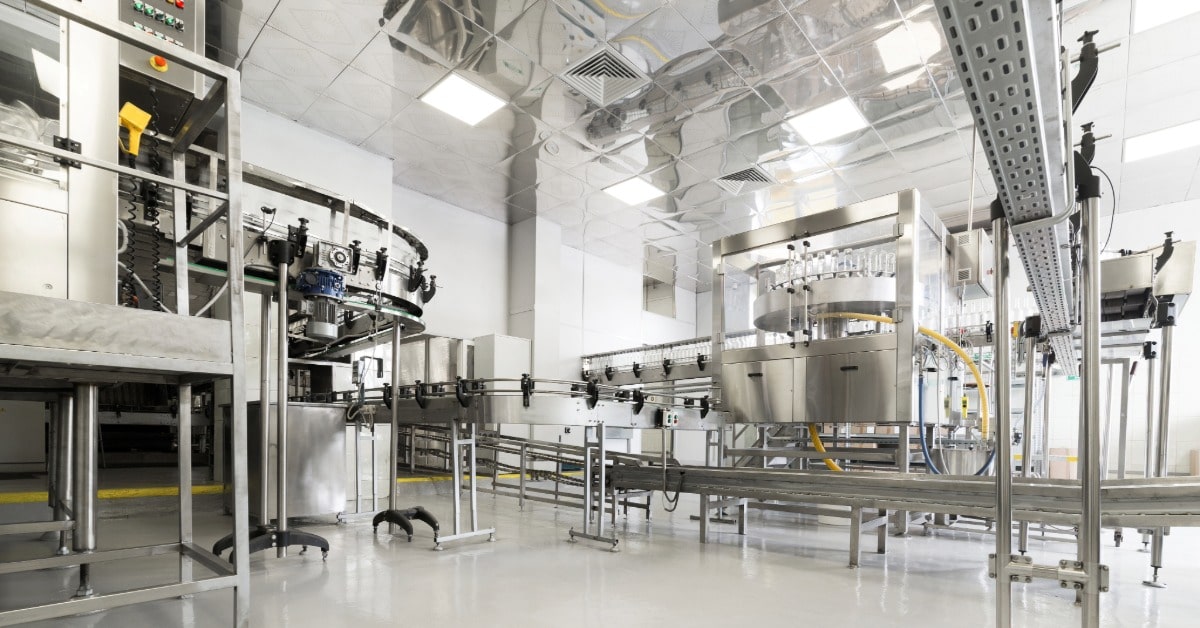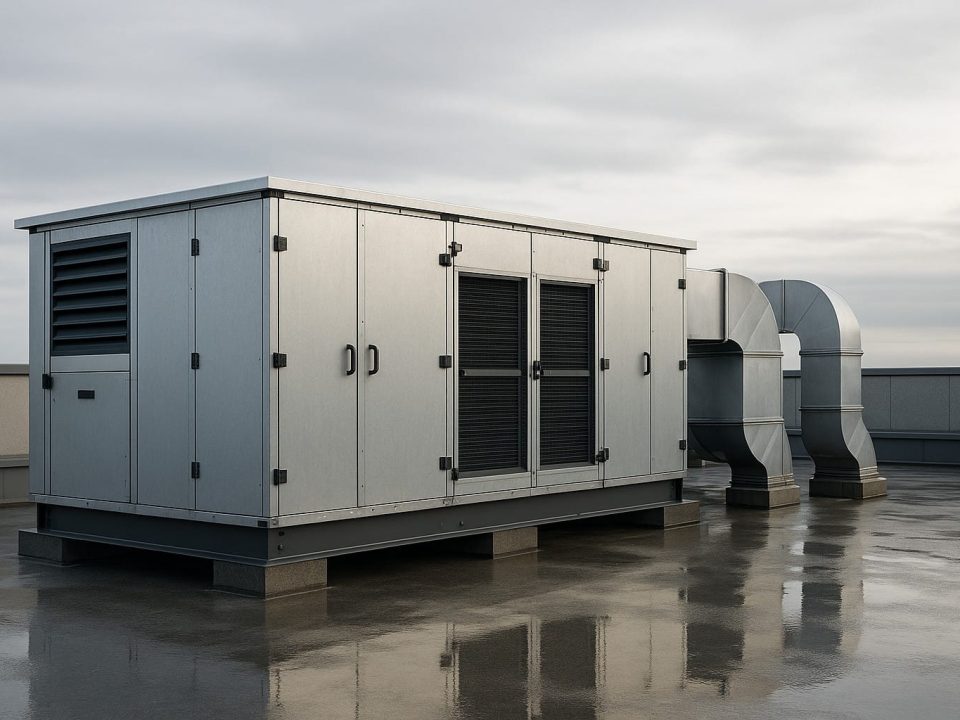
Data Centre Cooling Systems: Which One Is Right for You?
August 1, 2025
Evaporative Cooling vs Air Conditioning: What Works Best for Warehouses?
September 2, 2025Table of Contents
In food production, air quality is as important as any piece of equipment on the factory floor. Poor ventilation can allow dust, allergens and airborne microbes to spread, compromising hygiene standards and increasing the risk of contamination. It can also make working conditions uncomfortable or even unsafe, which can directly impact productivity and compliance.
At Inergy, we design and install tailored food factory ventilation systems that create cleaner, safer and more efficient environments. By combining advanced extraction, filtration and control technologies, we help manufacturers meet strict hygiene regulations, protect their teams and maintain consistent output, all while improving energy performance.
Why Ventilation Is Crucial for Hygiene and Food Safety
Airborne contamination is one of the biggest risks in food production. Particles from raw materials, allergens, mould spores and bacteria can easily spread without the right ventilation system in place. The result? Potential product recalls, damage to brand reputation, and costly downtime.
- Regulations such as COSHH Regulation 9 require manufacturers to control air quality and maintain effective ventilation.
- The European Hygienic Engineering and Design Group (EHEDG) recommends a minimum of 5 air changes per hour (ACH) for general production areas, increasing to 10 ACH or more in high-care zones.
- High-efficiency filters, such as F7 to E11 grades or HEPA filtration, are often required for environments handling high-risk ingredients or sensitive products.
We have seen first-hand how targeted ventilation solutions for food and beverage manufacturing reduce the risk of airborne cross-contamination. By designing ducting and air handling units specifically for hygienic applications, we ensure a steady supply of clean, filtered air. Taking a tailored approach to ventilation is the only way to stay ahead of compliance demands while protecting product quality.
Protect the Health and Safety of Your Staff with Food Factory Ventilation
Ventilation in food factories protects products, but it is also essential for safeguarding the people who work in these environments. Poor airflow can allow dust, fumes, and other airborne particles to build up, increasing the risk of respiratory problems and allergic reactions. In high-temperature processing areas, inadequate ventilation can also lead to heat stress and fatigue, reducing both safety and productivity.
Research into industrial workplaces, including food production facilities, has shown that effective ventilation significantly reduces airborne hazards. For example, the Health and Safety Executive (HSE) highlights that well-designed systems can improve comfort and lower the risk of exposure to harmful substances such as flour dust, which is a common cause of occupational asthma in food manufacturing.
Inergy delivers ventilation systems designed for industrial applications that maintain stable airflow rates, remove airborne contaminants, and create safer working conditions. By combining local exhaust ventilation (LEV) with general air handling and filtration, we help reduce airborne particle concentrations at their source, protecting both staff health and compliance with workplace regulations.
A healthy, well-ventilated working environment improves more than just safety. It supports employee wellbeing, reduces absenteeism, and creates conditions where staff can focus on maintaining the highest production standards.
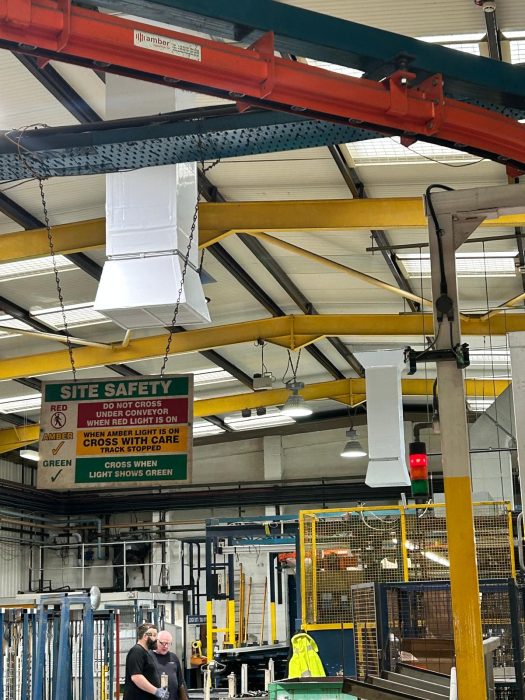
The Role of Factory Ventilation in Silica Dust Control
Effective factory ventilation is essential for managing airborne contaminants like silica dust. It captures and removes harmful particles before they can spread through the workspace and into workers’ lungs. Without it, even routine tasks like cutting, sanding or blasting can quickly create unsafe air quality levels.
There are two main types of ventilation used in industrial settings: Local Exhaust Ventilation (LEV) and General (or Dilution) Ventilation.
- Local Exhaust Ventilation (LEV) is designed to capture dust and fumes directly at the source. These systems typically include hoods, ducts, and filters that remove contaminants before they can disperse into the wider factory environment. LEV is especially effective in high-risk areas such as cutting or grinding stations where silica dust is most concentrated.
- General Ventilation, on the other hand, helps to maintain overall air quality throughout the factory by replacing stale, dust-laden air with fresh, clean air. This can be achieved through natural airflow, mechanical systems, or a combination of both. While general ventilation doesn’t target specific processes, it plays a vital role in reducing background dust levels and supporting thermal comfort and humidity control.
The most robust approach combines both systems, tailored to the unique layout, processes, and risk profile of the facility. Regular maintenance, airflow testing, and system balancing are also critical to ensure continued performance and compliance with health and safety standards.
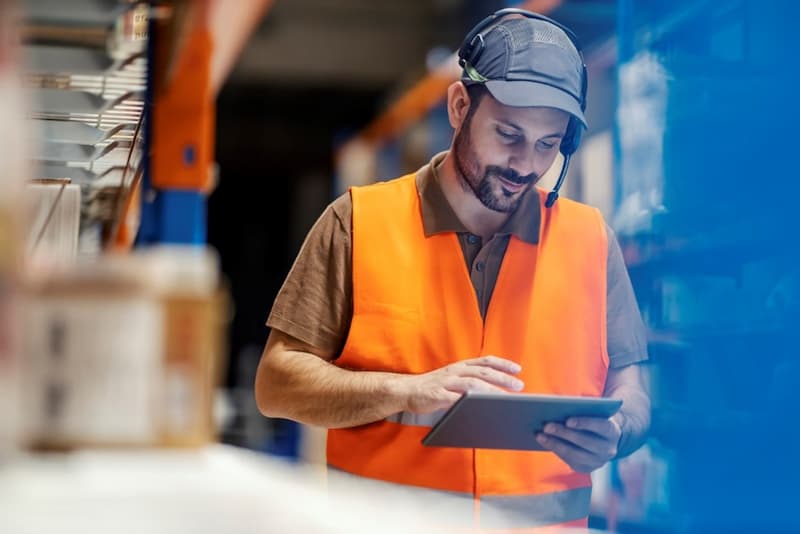
Maintaining Operational Efficiency and Productivity
Well-designed food factory ventilation does more than control contaminants. It also supports smooth, efficient production by maintaining stable temperature and humidity levels. Consistent air quality reduces the risk of condensation, which can damage equipment and create hygiene issues, while also helping sensitive processes run reliably.
Poorly maintained or undersized systems often lead to uneven airflow and energy waste. Implementing energy-efficient ventilation and HVAC improvements, meanwhile, can substantially cut your operating costs. By integrating smart controls, variable speed fans, and effective filtration, we deliver systems that improve performance while lowering running costs.
Inergy’s industrial and commercial ventilation services include tailored maintenance and upgrades to keep equipment performing at its best. We also provide ongoing local extraction ventilation (LEV) testing and maintenance, ensuring compliance with COSHH Regulation 9 and minimising unexpected breakdowns. These measures not only protect hygiene but also reduce unplanned stoppages, helping factories meet production targets.
Why Ventilation Is Key to Regulatory Compliance in Food Factories
Food manufacturers operate under some of the strictest regulatory standards in the UK. Ventilation is a key part of this compliance framework, influencing not only hygiene but also workplace safety and environmental performance. Failure to maintain adequate air quality can lead to enforcement action, fines, or poor audit outcomes.
Under COSHH Regulation 9, all local exhaust ventilation (LEV) systems must be tested at least every 14 months, with records kept for inspection. In addition, standards such as the BRCGS Global Standard for Food Safety require documented evidence of effective ventilation and air handling to prevent contamination. During audits, poorly maintained ventilation systems are a common cause of non-conformities, especially where dust build-up or air imbalance is evident.
Inergy helps clients stay compliant by offering planned testing, maintenance and system optimisation. Our LEV inspection and maintenance services ensure equipment continues to meet regulatory standards, while our hygiene-focused ventilation designs simplify audit preparation. By aligning systems with industry guidance from organisations like EHEDG, we provide confidence that food factories are audit-ready all year round.
Food Factory Ventilation Solutions from Inergy
We specialise in designing and delivering food factory ventilation systems that meet the highest standards of hygiene, safety and efficiency. Every facility has unique challenges, so our approach is built on detailed site surveys, airflow modelling and compliance-focused design.
Our services include:
- Bespoke ventilation system design and installation: From air handling units to ductwork layouts, we ensure controlled airflow and filtration tailored to each production area.
- Local exhaust ventilation (LEV) systems: Targeted extraction at source to control dust, allergens and airborne contaminants.
- Planned maintenance and testing: Regular inspections and LEV testing in line with COSHH Regulation 9 to keep systems compliant and effective.
- Energy efficiency upgrades: Smart controls, high-efficiency fans and filter optimisation to reduce operating costs without compromising hygiene.
- Specialist support for audits: Documentation and compliance checks to ensure ventilation is audit-ready.
Our case studies, such as local extraction and ventilation for a manufacturer, demonstrate how effective ventilation solutions can reduce contamination risks and improve operational performance. By integrating our expertise into each project, we help manufacturers create safer working environments and maintain the highest production standards.
With our experience in food factory ventilation, we deliver peace of mind that your facility is compliant, efficient and built for long-term success.
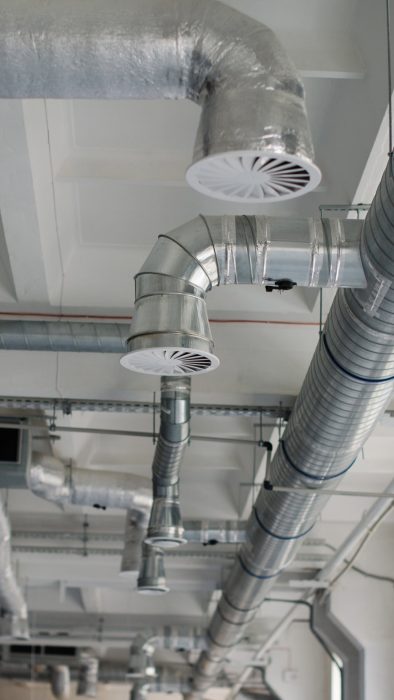
FAQs
What air changes per hour (ACH) are required in food factories?
The required ACH depends on the area type and level of hygiene risk. EHEDG guidance suggests 5 ACH for general production spaces and up to 10 ACH or more for high-care zones. These rates help maintain positive pressure and reduce the risk of airborne contamination.
What filter grade should be used in food manufacturing?
Most food factories require at least F7 to E11 filters, with HEPA filtration used in high-care areas. The correct filter grade depends on the products handled and the level of risk. We provide filtration solutions that meet or exceed hygiene requirements, balancing performance with energy efficiency.
How often should local exhaust ventilation (LEV) be tested?
Under COSHH Regulation 9, LEV systems must be tested at least every 14 months. Regular testing ensures that extraction systems remain effective, reducing the risk of airborne contamination and keeping factories audit-ready.
How does ventilation impact food safety audits?
Auditors review ventilation performance, hygiene records and maintenance logs. Poor airflow, dust build-up or a lack of documented testing can result in non-conformities. We offer LEV maintenance and compliance services to help keep ventilation systems in line with regulatory expectations.
Can better ventilation reduce energy costs?
Yes. By optimising airflow rates, upgrading filters and adding smart controls, ventilation systems can operate more efficiently. This improves hygiene while reducing unnecessary energy use, which can lower operating costs by up to 20% in some facilities.

Building a Safer, More Productive Food Factory
Clean air is fundamental to safe and efficient food production. From controlling airborne contaminants to protecting workers and meeting audit requirements, a well-designed ventilation system underpins every part of a successful operation.
We help food manufacturers create hygienic, compliant and energy-efficient facilities through tailored food factory ventilation solutions. By combining robust design, rigorous testing and ongoing maintenance, we make it easier to maintain high standards and focus on delivering quality products.
If you’re looking to improve air quality, reduce risks and ensure compliance, talk to us about a site assessment. Together, we can build a safer, cleaner and more productive future for your facility.

